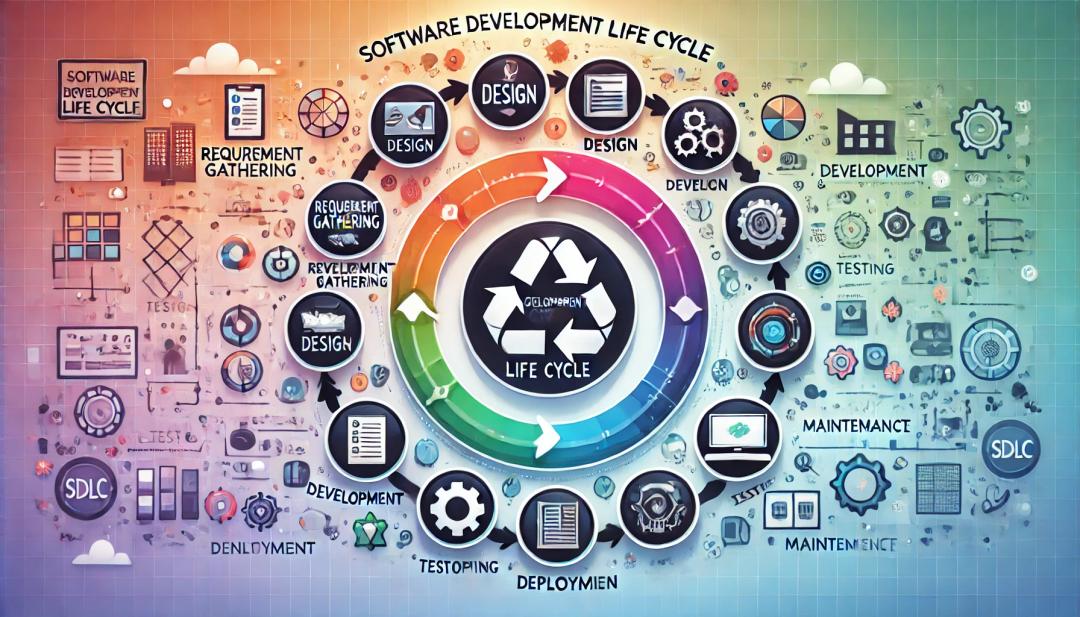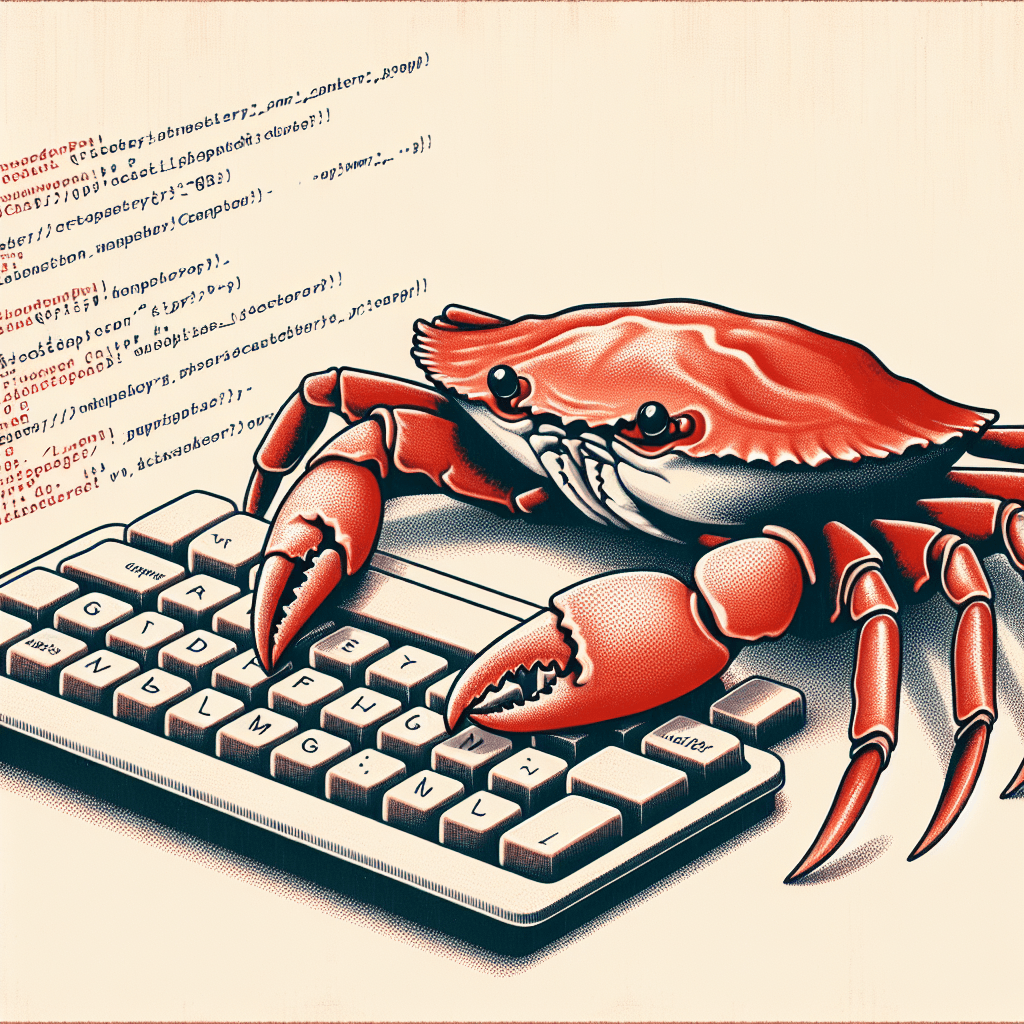Blog Details
The Role of a Technical Project
Manager in Ensuring Project Success and Smooth Workflow

Fazal Mahmud Hassan
09 Oct 2024
5 min read
Intro
In today's fast-paced technology landscape, the role of a Technical Project Manager (TPM) is more crucial than ever. The responsibilities of a TPM go beyond just managing schedules and budgets; they serve as the bridge between clients, developers, testers, and business analysts, ensuring that everyone works in sync toward delivering high-quality software and web-based applications. This blog highlights the significance of the Technical Project Manager's role in ensuring the success and smooth workflow of projects.
Understanding the Client’s Vision
The first step in any project is understanding the client's requirements. Clients often present specific needs, goals, and expectations for their software or web application. The TPM's role is to translate these requirements into a clear, actionable plan that the development team can execute. This involves asking the right questions, identifying potential challenges, and setting realistic expectations for both the client and the team.
A key objective is to ensure that the client’s vision is accurately conveyed to the technical teams. Breaking down complex requirements into smaller, manageable tasks that align with the project's overall goals reduces ambiguity and helps create a clear roadmap guiding the team throughout the development process.
Coordinating Teams and Enhancing Communication
A core responsibility of a TPM is to foster communication across different teams involved in the project. In a typical software development environment, there are developers working on code, testers validating functionality, and business analysts ensuring that the solution aligns with the client's requirements. The TPM ensures these teams collaborate seamlessly.
Effective communication is the backbone of successful project execution. A TPM organizes regular meetings, stand-ups, and review sessions to keep everyone in the loop, encouraging open dialogue where team members can share updates, raise concerns, or propose ideas for improvements. This collaborative approach helps in identifying issues early, minimizing misunderstandings, and ensuring that everyone is aligned with the project’s objectives.
Prioritizing Tasks and Managing Resources
A major part of the TPM's role involves prioritizing tasks and managing resources efficiently. In any project, time is of the essence, and resource constraints are common. The focus is on identifying the critical tasks that need immediate attention and allocating resources in a way that optimizes productivity without overloading the team members.
Balancing the workload is essential for maintaining a motivated and productive team. Using project management tools and techniques, progress is tracked, priorities are adjusted, and tasks are reassigned as needed to ensure that the project remains on schedule. The goal is to maximize the team's efficiency while keeping the quality of the deliverables high.
Risk Management and Problem-Solving
Every project comes with its own set of risks and challenges. The TPM's role is to foresee these risks and devise mitigation strategies before they impact the project. Whether it involves technical hurdles, resource limitations, or scope changes, the TPM works proactively to address these issues.
Problem-solving skills are crucial when the unexpected happens. The TPM relies on their technical background and experience to guide the team in finding solutions that keep the project on track. Maintaining a clear line of communication with the client ensures that they are informed about any potential setbacks and the steps being taken to resolve them.
Ensuring Quality and Timely Delivery
Quality assurance is a shared goal that the TPM emphasizes across the board. They ensure that all deliverables meet the client's expectations and the highest standards of quality. Close collaboration with testers and developers is essential to address any issues or bugs that may arise during the development phase.
Timely delivery is another critical aspect of the TPM's focus. Setting realistic deadlines that are challenging yet achievable helps manage the client's expectations while also giving the team ample time to refine and polish the final product. The aim is to deliver a high-quality solution within the agreed timeline and budget.
Building Strong Client Relationships
Beyond the technical and managerial aspects, building a strong relationship with the client is a fundamental part of the TPM’s role. Keeping clients engaged and informed throughout the project lifecycle through regular updates, transparent communication, and receptiveness to feedback ensures client satisfaction.
A satisfied client is more likely to return for future projects and recommend the services to others. Each project is viewed as an opportunity to strengthen the relationship with the client by exceeding their expectations and delivering value beyond just the product itself.
The Impact of a Technical Project Manager on Project Success
The role of a Technical Project Manager is integral to the success of any software or web development project. Their ability to coordinate efforts, streamline communication, and manage resources ensures that projects are completed on time and within scope. By aligning the team's work with the client's vision and proactively addressing risks, they help create a smooth workflow that leads to successful project outcomes.
A TPM’s contribution often goes beyond what is visible on the surface. They are the silent leaders who drive the project forward, navigate through complexities, and ensure that every team member’s effort culminates in a product that not only meets but exceeds the client's expectations.
Outro
In conclusion, the role of a Technical Project Manager is multifaceted, involving strategic planning, team coordination, risk management, and client relations. The focus is on creating a collaborative environment where every team member can thrive, innovate, and contribute to the project's success. By emphasizing clear communication, effective resource management, and quality assurance, TPMs ensure that projects are not only delivered on time but also stand out in terms of value and excellence.
As technology continues to evolve, the role of the Technical Project Manager will become even more critical in navigating the complexities of modern software development. Their ability to adapt, lead, and deliver will be the key to driving innovation and achieving success in the ever-changing landscape of digital solutions.
Trendingblogs
Get the best of our content straight to your inbox!
Don’t worry, we don’t spam!





